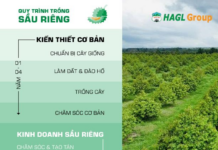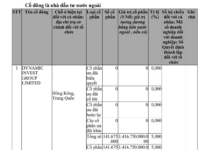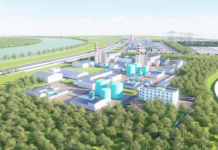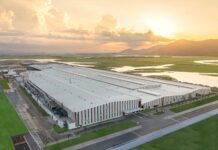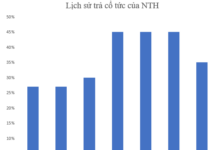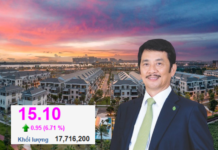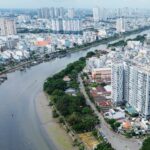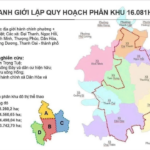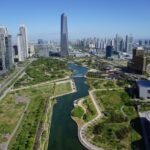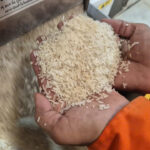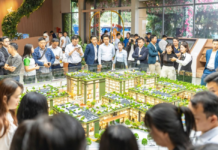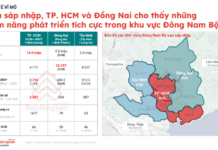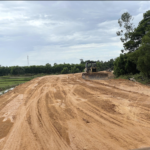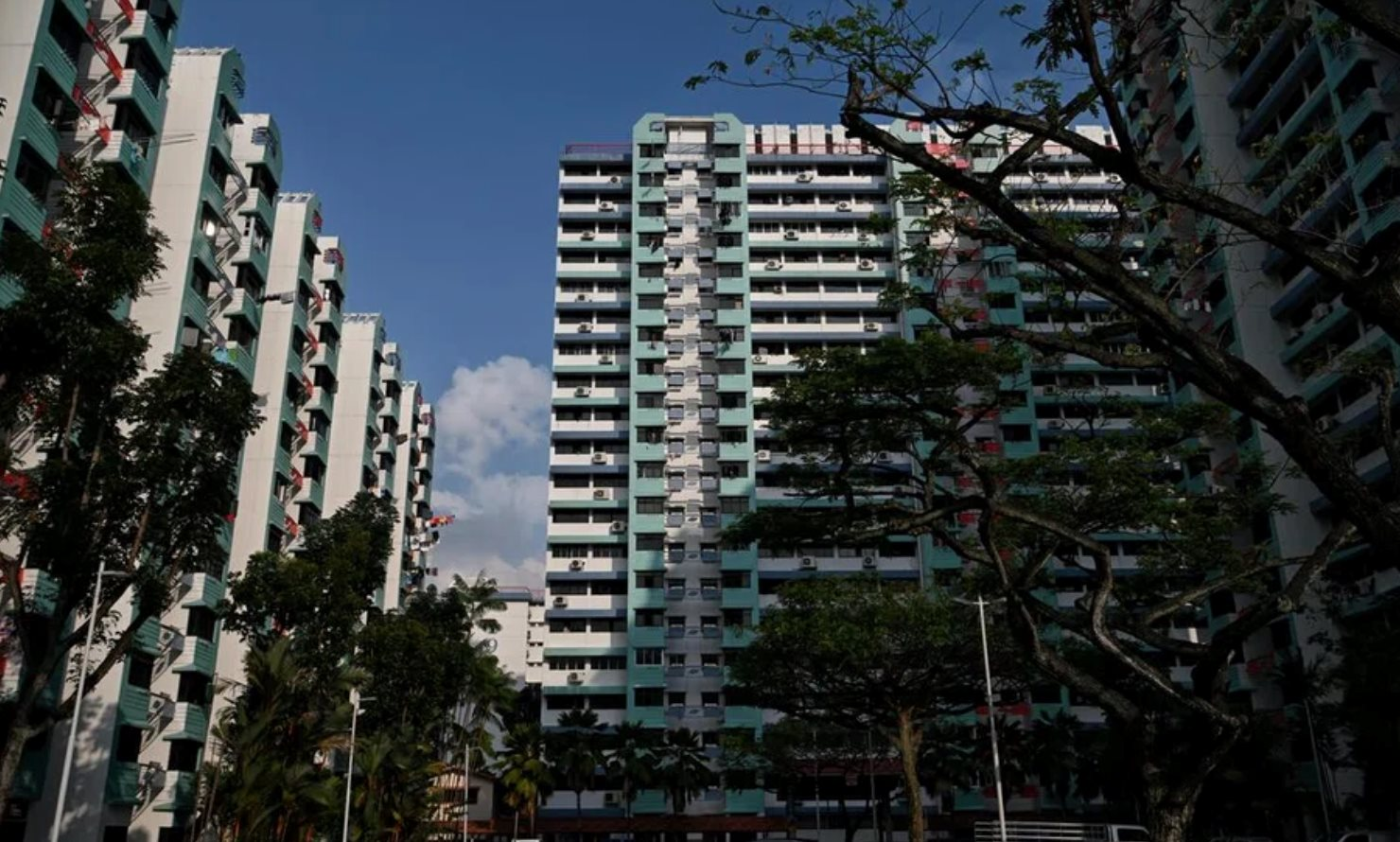
During a parliamentary session in Singapore earlier this November, Acting Transport Minister Jeffrey Siow revealed a striking statistic: as of September 30, approximately 2,000 households residing in HDB flats—Singapore’s public housing—own three or more cars. This figure sparked widespread debate, given Singapore’s reputation for having one of the world’s highest car ownership costs. How could residents of affordable housing afford multiple vehicles in such an expensive market?
According to *The Straits Times*, around 274,000 HDB households own at least one car, with 20,000 owning two or more. While the 2,000 households with three or more cars represent a small fraction, they highlight the diverse incomes, lifestyles, and mobility needs within Singapore’s public housing community.
The *Straits Times* profiled several such households to shed light on this phenomenon.
One family in Jurong West owns four cars: a Mercedes-Benz E200, Audi A4, Alfa Romeo Giulia, and Toyota MR2. The head of the household explained that family members work in industries requiring frequent, unpredictable travel, necessitating individual vehicles.
Ng, who drives the Audi A4, values the autonomy her car provides: “Having my own vehicle allows me to manage my schedule without relying on others for transportation.” Recent disruptions in the subway system have further eroded her trust in public transit.
Her 50-year-old brother, a businessman, owns the Alfa Romeo Giulia and Toyota MR2. The siblings take turns driving their children to school in Dover, as there’s no direct bus route from their home. Ng’s partner uses the Mercedes-Benz E200 for his daily commute to Bukit Batok.

Another example is Mr. Tan from Yio Chu Kang, who owns three cars from different brands. He emphasizes the importance of multiple vehicles for emergencies, such as late-night trips to the hospital for his children—a need he feels ride-hailing or public transport cannot reliably meet.
“If my child falls ill at midnight, I can immediately drive them to the hospital. Waiting for a ride-hail or public transport could take too long,” Mr. Tan explained. His professional experience has also shown him the limitations of ride-hailing services, with colleagues often waiting over an hour for a vehicle.
The rise in multi-car households raises questions about urban planning, especially under Singapore’s 2018 policy capping vehicle population growth at zero. Increased car ownership among HDB residents strains parking availability, local traffic, and public resource use. While such households remain a minority, experts interviewed by *The Straits Times* suggest monitoring this trend.
Some propose stricter measures, such as additional taxes for owning multiple cars, similar to those applied in the property market. However, the Transport Ministry noted that existing policies, like the Additional Registration Fee based on vehicle value, already address this. They stressed that car ownership remains a household decision, provided regulations are followed.
Source: The Straits Times
Hanoi Unveils 10,000-Hectare “Super Sports City” Masterplan, Featuring Olympic-Ready Stadium
The Hanoi People’s Committee has approved the planning tasks for the Olympic Sports Urban Area sub-zones A and B, at a scale of 1:2,000. These zones are part of the larger 10,000-hectare Olympic Sports Urban Area, envisioned as the largest sports, service, and eco-urban complex in the southern part of the capital.
Green Urban Trends in Vietnam: Shaping Sustainable Cities
Not only does it contribute to environmental protection, enhance property value, and improve quality of life, but a “green building” also underscores a company’s commitment to the community. As a result, the development of green buildings has become an inevitable trend in Vietnam’s real estate industry.












